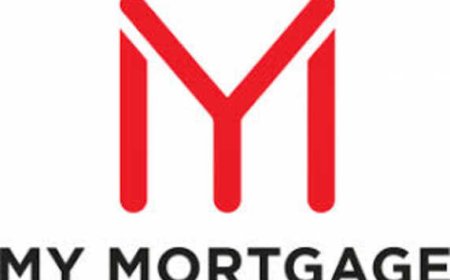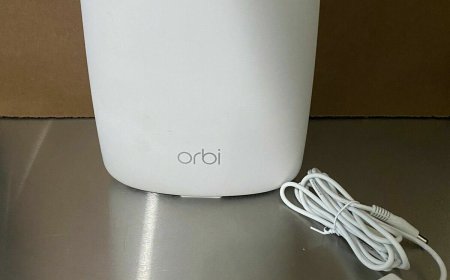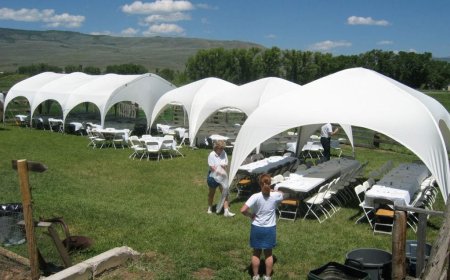How Teleradiology Services Improve Diagnostic Speed and Accuracy
Leading teleradiology providers like Anyology follow strict QA/QC protocols and often employ double-reading practices for enhanced diagnostic accuracy. Reports are reviewed by multiple radiologists in some cases, reducing the risk of human error. Moreover, the use of AI-assisted tools and standardized reporting templates further ensures consistency and precision in diagnoses.

In todays fast-paced healthcare environment, the need for accurate and timely diagnosis is more critical than ever. The healthcare sector is witnessing a growing demand for radiology services due to increased medical imaging needs across hospitals, emergency rooms, outpatient clinics, and diagnostic centers. As traditional models of radiology struggle to keep up with this demand, teleradiology services have emerged as a transformative solution. By leveraging technology and remote access, teleradiology improves both the speed and accuracy of radiological diagnoses two key pillars in delivering quality patient care.
At Anyology, our goal is to connect hospitals and healthcare providers with trusted radiology specialists of Florida and beyond, ensuring round-the-clock diagnostic support with unmatched efficiency.
What Is Teleradiology?
Teleradiology is the transmission of radiological images (such as X-rays, CTs, MRIs) from one location to another for interpretation and consultation by qualified radiologists. This practice eliminates geographical barriers and allows medical images to be interpreted by experts located anywhere in the world. The result is faster reporting, better decision-making, and improved patient outcomes.
The Growing Role of Teleradiology Providers in Modern Healthcare
With increasing caseloads and a global shortage of qualified radiologists, especially in rural or underserved regions, hospitals often face delays in radiological reporting. Thats where teleradiology providers step in offering access to certified and experienced radiologists without requiring them to be physically present.
Teleradiology allows healthcare institutions to:
-
Reduce reporting turnaround time (TAT)
-
Eliminate after-hours staffing challenges
-
Access sub-specialized radiologists for complex cases
-
Offer services to remote or rural locations
As a result, hospitals and diagnostic centers can maintain efficiency and elevate the standard of care without overburdening their in-house teams.
24/7 Radiology: Ensuring Timely Diagnoses Around the Clock
One of the biggest advantages of partnering with leading teleradiology providers is access to 24/7 radiology reporting. Medical emergencies dont wait for office hours, and delayed diagnosis during nights or weekends can be life-threatening. With teleradiology, healthcare facilities have access to radiology experts at all hours, ensuring no time is lost when it comes to diagnosing and treating patients.
At Anyology, our radiology specialists of Florida work in coordination with national and international networks to provide seamless 24/7 coverage. Whether its an emergency trauma case at midnight or a routine scan during the weekend, our specialists are just a click away.
How Teleradiology Speeds Up the Diagnostic Process
1. Faster Image Sharing and Reporting
Thanks to cloud-based PACS (Picture Archiving and Communication System) and encrypted data transfer, imaging studies can be sent within seconds to radiologists regardless of location. Reports can then be generated within a few hours or minutes in urgent cases and sent back to the treating physician. This rapid communication is a significant improvement over traditional, paper-based or courier-based methods.
2. Instant Second Opinions
Teleradiology provides instant access to a pool of expert radiologists, enabling quick second opinions without the delay of referrals or appointments. This is especially useful in critical or complex cases, where a fresh expert review could change the diagnosis and treatment path.
3. Load Balancing
Teleradiology platforms distribute image interpretation tasks among radiologists based on availability and specialization. This reduces bottlenecks and ensures that no individual radiologist is overwhelmed, thus maintaining efficiency and preventing delays.
Enhancing Accuracy Through Subspecialty Expertise
Not all radiologists are trained in every subspecialty. For example, interpreting a pediatric MRI or a neuro CT scan requires specific expertise. With teleradiology, healthcare centers can access radiology specialists of Florida and beyond who are trained in various subspecialties such as:
-
Neuroradiology
-
Musculoskeletal imaging
-
Pediatric radiology
-
Cardiothoracic imaging
-
Abdominal imaging
-
Emergency radiology
These specialists can deliver more precise diagnoses, especially in rare or complex cases. This level of subspecialty support was often unavailable in smaller or rural hospitals before the advent of teleradiology.
Standardized Protocols and Double Reading
Leading teleradiology providers like Anyology follow strict QA/QC protocols and often employ double-reading practices for enhanced diagnostic accuracy. Reports are reviewed by multiple radiologists in some cases, reducing the risk of human error. Moreover, the use of AI-assisted tools and standardized reporting templates further ensures consistency and precision in diagnoses.
Cost-Efficiency and Scalability
Aside from clinical benefits, teleradiology also brings financial advantages:
-
Hospitals save on hiring full-time, in-house radiologists for night shifts or holidays
-
Smaller facilities can avoid investment in high-end imaging infrastructure by collaborating with external providers
-
Services can be scaled up or down based on patient volume without disrupting operations
For both small clinics and large hospital chains, this flexible model improves ROI while maintaining or even enhancing patient care standards.
Real-Time Collaboration for Better Outcomes
Modern teleradiology platforms offer real-time chat and voice support, enabling direct communication between physicians and radiologists. This helps clarify doubts, discuss findings, and make quicker clinical decisions. In cases where time is of the essence like stroke, trauma, or internal bleeding such collaboration can literally save lives.
The Anyology Advantage
At Anyology, we bring together a network of highly experienced and board-certified radiology specialists of Florida and across the U.S. Our teleradiology solutions are designed to meet the growing demands of hospitals, diagnostic centers, and individual physicians through:
-
24/7 radiology coverage
-
Emergency and routine reporting
-
Subspecialty reads
-
Secure and HIPAA-compliant platform
-
Fast turnaround times (STAT reporting in under 30 minutes)
We understand that accurate and timely imaging reports are critical for effective treatment. Our team is committed to delivering high-quality diagnostic services with speed, precision, and professionalism.
Conclusion
The future of diagnostic imaging lies in teleradiology. By enabling faster, more accurate, and cost-effective reporting, teleradiology has become an indispensable part of modern healthcare systems. From 24/7 radiology support to subspecialty expertise, the advantages are clear. Whether youre a hospital administrator, a physician, or a patient the assurance of rapid, reliable diagnostics can make all the difference.
Anyology proudly stands among trusted teleradiology providers, committed to delivering excellence through innovation and care. With our expert radiology specialists of Florida, we are redefining diagnostic imaging for the better.




































